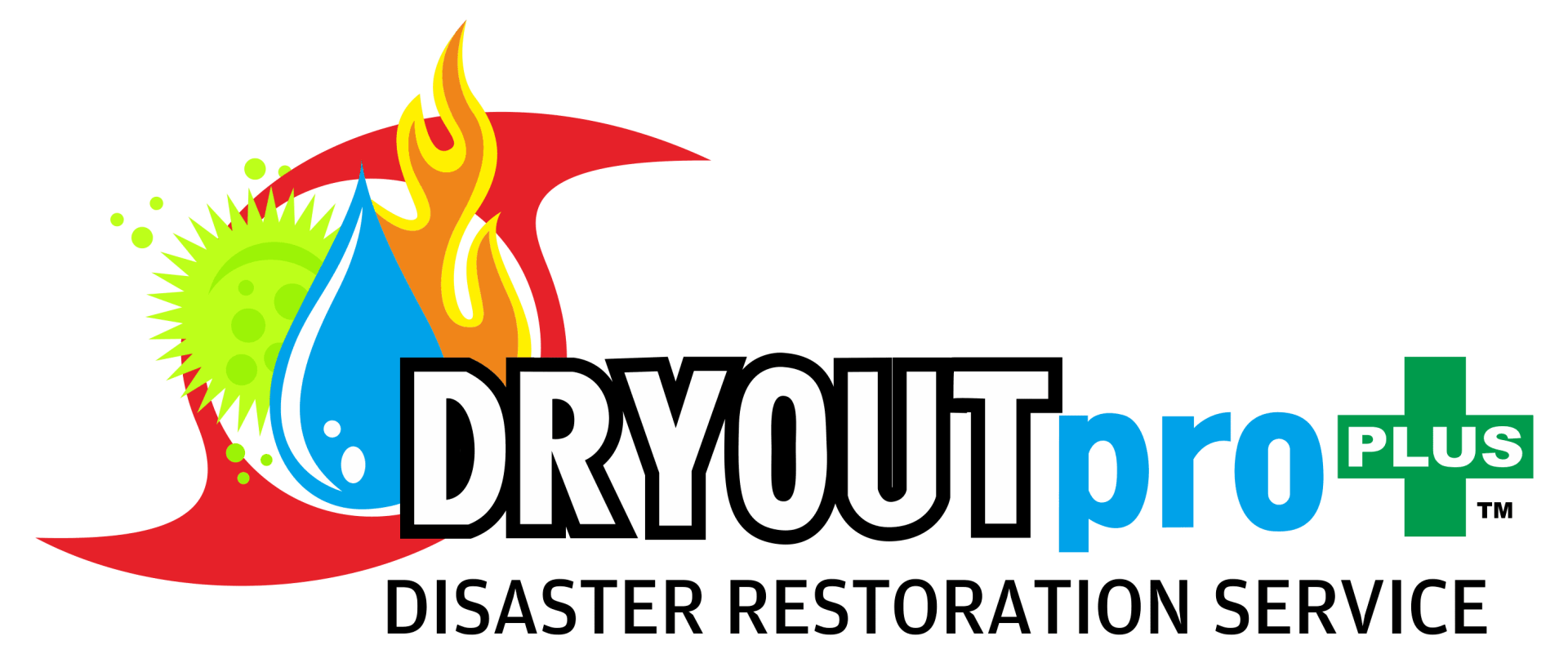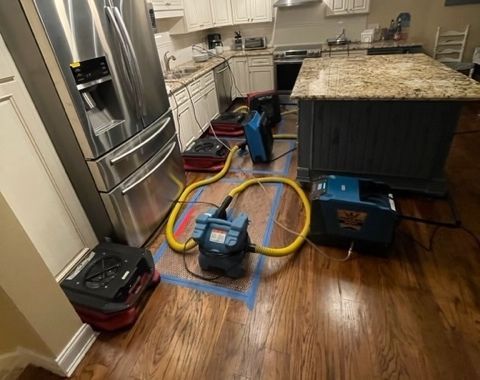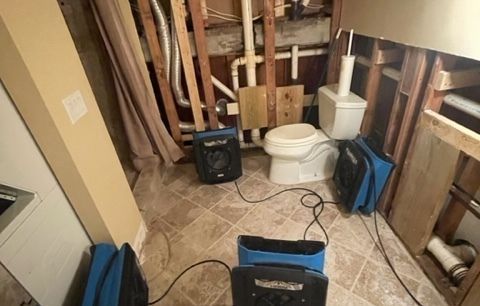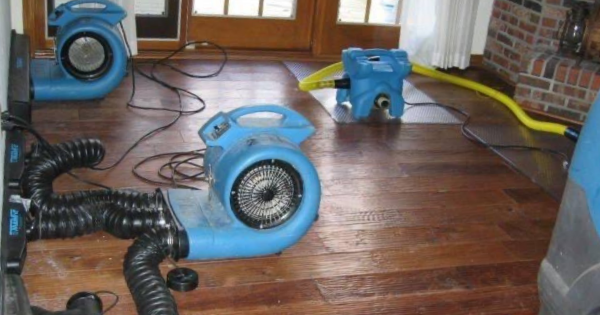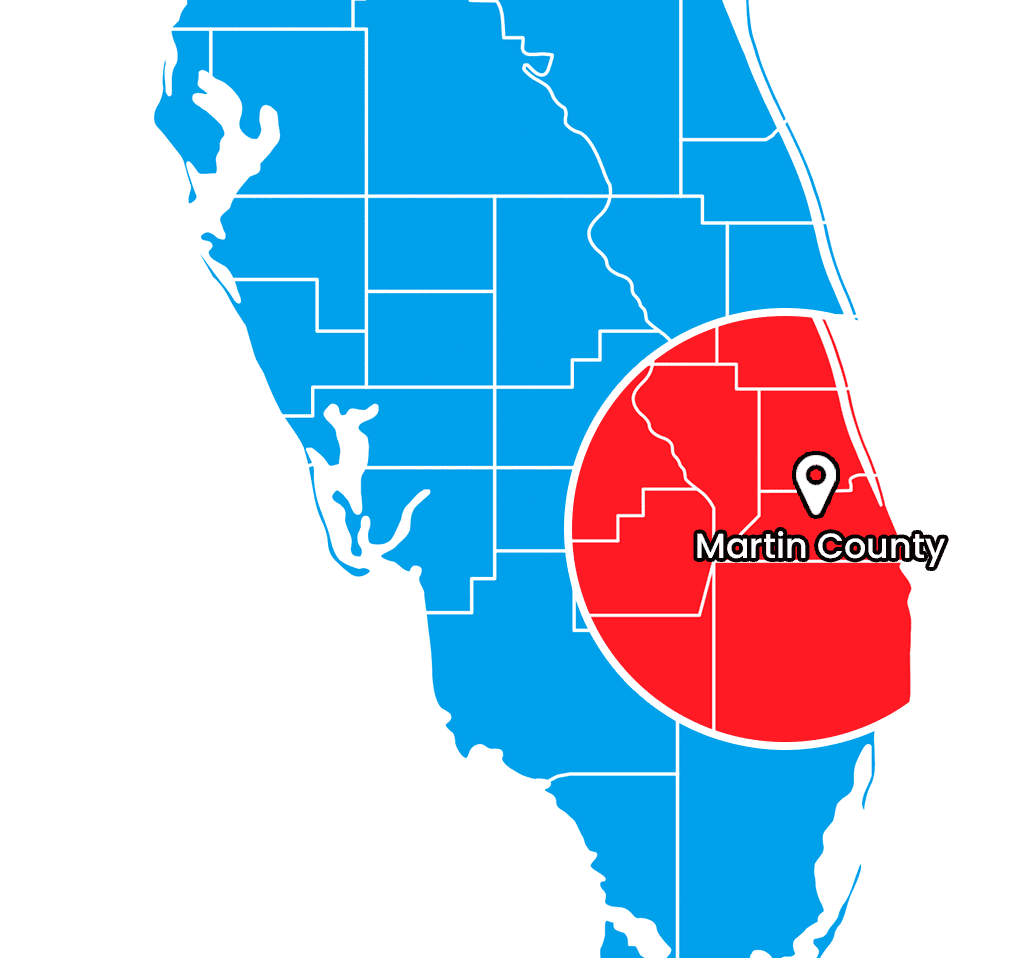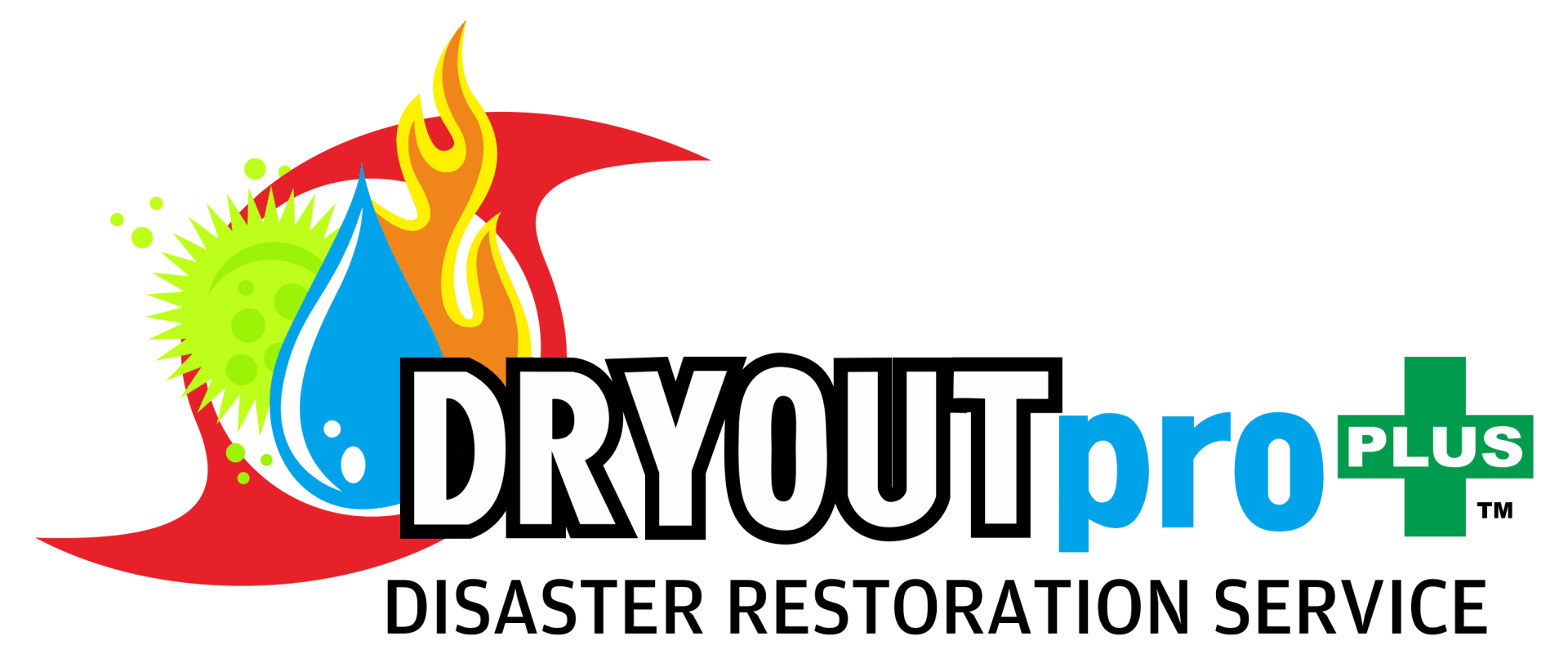
What Is Considered Accidental Water Damage?
October 9, 2025
When water shows up where it doesn’t belong, it can turn your world upside down, fast. At DRYOUTpro PLUS, we’ve helped homeowners and business owners across our service area clean up after all kinds of unexpected water disasters. One of the most common questions we hear is: “Is this considered accidental water damage?”
The answer matters more than you think, especially when it comes to insurance, safety, and how quickly things need to be handled. In this guide, we’ll break it all down in simple terms: what accidental water damage really means, what causes it, and what to do if it happens to you.
KEY TAKEAWAYS
- Accidental water damage is sudden, unintentional, and usually covered by insurance
- Examples include burst pipes, appliance malfunctions, and storm-related leaks
- Gradual damage from neglect or poor maintenance usually isn’t covered
- Acting quickly can prevent mold, structural issues, and higher repair costs
- Water damage categories (clean, gray, black) affect cleanup and safety risks
- Proper documentation helps with insurance claims and peace of mind
- Preventative maintenance reduces your risk of
water damage in the future
- Always call a pro. DIY fixes can make things worse or hurt your claim
- Your safety is our top priority throughout the restoration process
What Exactly Is Accidental Water Damage?
Let’s start with the basics. Accidental water damage is any kind of water-related damage that happens suddenly and unintentionally. Think burst pipes, overflowing appliances, or water pouring in after a big storm. It’s something you didn’t plan for, didn’t see coming, and couldn’t have reasonably prevented.
Some examples of accidental water damage include:
- A pipe bursting in your wall
- A washing machine hose breaking mid-cycle
- A toilet or sink that overflows unexpectedly
- Water seeping in through the roof after a windstorm or hurricane blows off shingles
In other words, accidental means unexpected and fast. It’s not about neglect or ignoring a small issue for months. It’s about a sudden event that causes water to get somewhere it shouldn’t.
Why the Word “Accidental” Is So Important
You might be wondering why it matters whether the water damage was accidental or not. Here’s why:
Insurance Coverage Depends On It
Most homeowners insurance policies will cover sudden, accidental water damage, but if the issue was caused by poor maintenance or something that’s been leaking for a while, you might be on your own. For example, a burst pipe during a cold snap (this is mostly outside of our service area, but stranger things have happened!)? Usually covered. A leak under the sink that’s been dripping for six months? Probably not.
The Cleanup Process Changes
When the water damage is sudden, we have a better shot at stopping it quickly and minimizing long-term problems like mold or structural damage. We can also work faster to remove water, dry things out, and start restoring your space.If the water’s been sitting unnoticed for weeks, the process becomes a lot more complex (and more expensive).
It Affects Safety, Too
The longer water sits, the more damage it causes.
Mold can start growing in just 24–48 hours. Wood can rot. Drywall can crumble. When the damage is accidental and caught early, we can usually limit the health risks and make your home safe again faster.
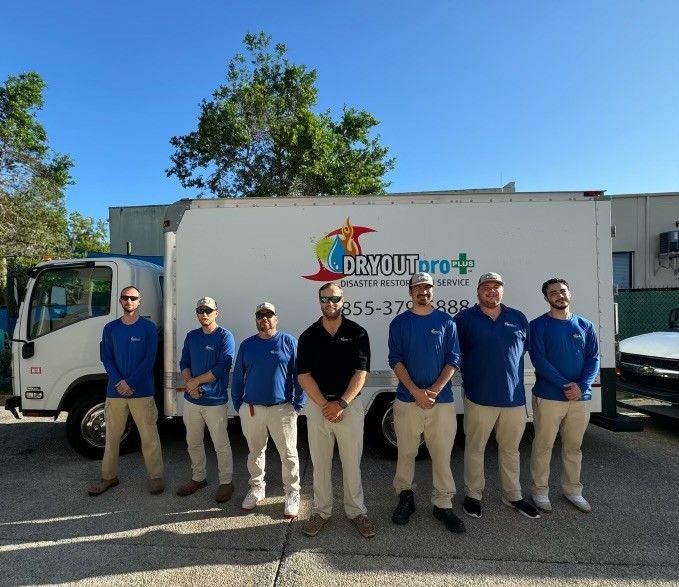
What Is Not Considered Accidental Water Damage?
Now that we’ve covered what is considered accidental, let’s talk about what isn’t. Insurance companies draw a hard line between sudden damage and slow, long-term issues.
Here are some examples of water damage that usually aren’t considered accidental:
- A slow leak behind your wall that’s been dripping for months
- Water damage caused by old, corroded pipes that were never replaced
- Floodwater entering your home from heavy rain or rising groundwater (this typically falls under a separate flood policy)
- Damage caused by clogged gutters or poor home maintenance
Basically, if it was preventable with regular upkeep, or if it was happening over a long period of time, it’s probably not going to be covered the same way. That’s why catching problems early and calling in help quickly is so important.
The Most Common Causes of Accidental Water Damage
We’ve seen it all here at DRYOUTpro PLUS, but there are a few repeat offenders that tend to pop up again and again:
- Frozen or burst pipes: One of the most common culprits in colder months.
- Appliance failures: Washing machines, water heaters, dishwashers, and fridge water lines can all spring leaks.
- Roof leaks from storms and hurricanes: A tree branch, missing shingles, or heavy winds can let water pour in fast.
- Toilet or sink overflows: Whether it’s a clog or user error, it can create a mess quickly.
- HVAC and AC condensation problems: If those drain lines get blocked, you might have water dripping into places it doesn’t belong.
The important thing is that these events happen without warning. You didn’t ignore a problem, you just got caught off guard. And that’s exactly what makes it “accidental” in our world.
Not All Water Is Created Equal
When we’re assessing a water damage situation, we don’t just look at how the water got in. We also look at what kind of water we’re dealing with. Here’s a quick rundown:
- Category 1: Clean Water
This comes from a clean source like a broken water supply line or a rainwater leak. It’s the least risky, but it still needs fast attention. - Category 2: Gray Water
Slightly contaminated water, like what comes from a washing machine or dishwasher. It may contain bacteria and can become dangerous if left untreated. - Category 3: Black Water
This is the bad stuff, like sewage, floodwater, or any water that’s highly contaminated. It poses serious health risks and needs professional cleanup right away.
We treat every job based on what kind of water we’re working with and how long it’s been there. Your safety always comes first.
What to Do Right Away If You Spot Water Damage
If you think you’re dealing with accidental water damage, here’s what to do (and what NOT to do):
- Shut off the water source if you can
- Stay away from areas where water might have reached electrical outlets
- Take photos or videos of the damage
- Move valuables and important items out of the wet area
- Call DRYOUTpro PLUS ASAP so we can stop the damage in its tracks
- Don’t start tearing out walls or flooring on your own
- Don’t assume it’s not a big deal. Water spreads fast and hides in walls
- Don’t wait to call your insurance company
The sooner we get started, the easier and cheaper it is to fix.
Keeping Your Home Safe Moving Forward
While you can’t always prevent accidents, there are a few smart habits that can help reduce your risk:
- Check water supply lines and hoses on appliances once a year
- Insulate pipes during cold weather to prevent freezing
- Keep gutters clean and downspouts aimed away from your home
- Install leak detectors or shut-off valves for early warning
- Schedule routine roof and plumbing inspections
Taking care of your home now makes a big difference later. And if something ever does go wrong, you know who to call.
Need Help Fast? Call DRYOUTpro PLUS
If you’ve got water damage and aren’t sure what to do next, give us a call. We’re here 24/7 to respond quickly, clean things up the right way, and help you feel in control again.
Whether it’s an overflowing tub or a soaked ceiling after a storm, we’ll walk you through the entire process from start to finish. You don’t have to figure it out alone. Let’s get your home back to dry, safe, and stress-free.
Call DRYOUTpro PLUS today, because when water strikes, we strike back.
